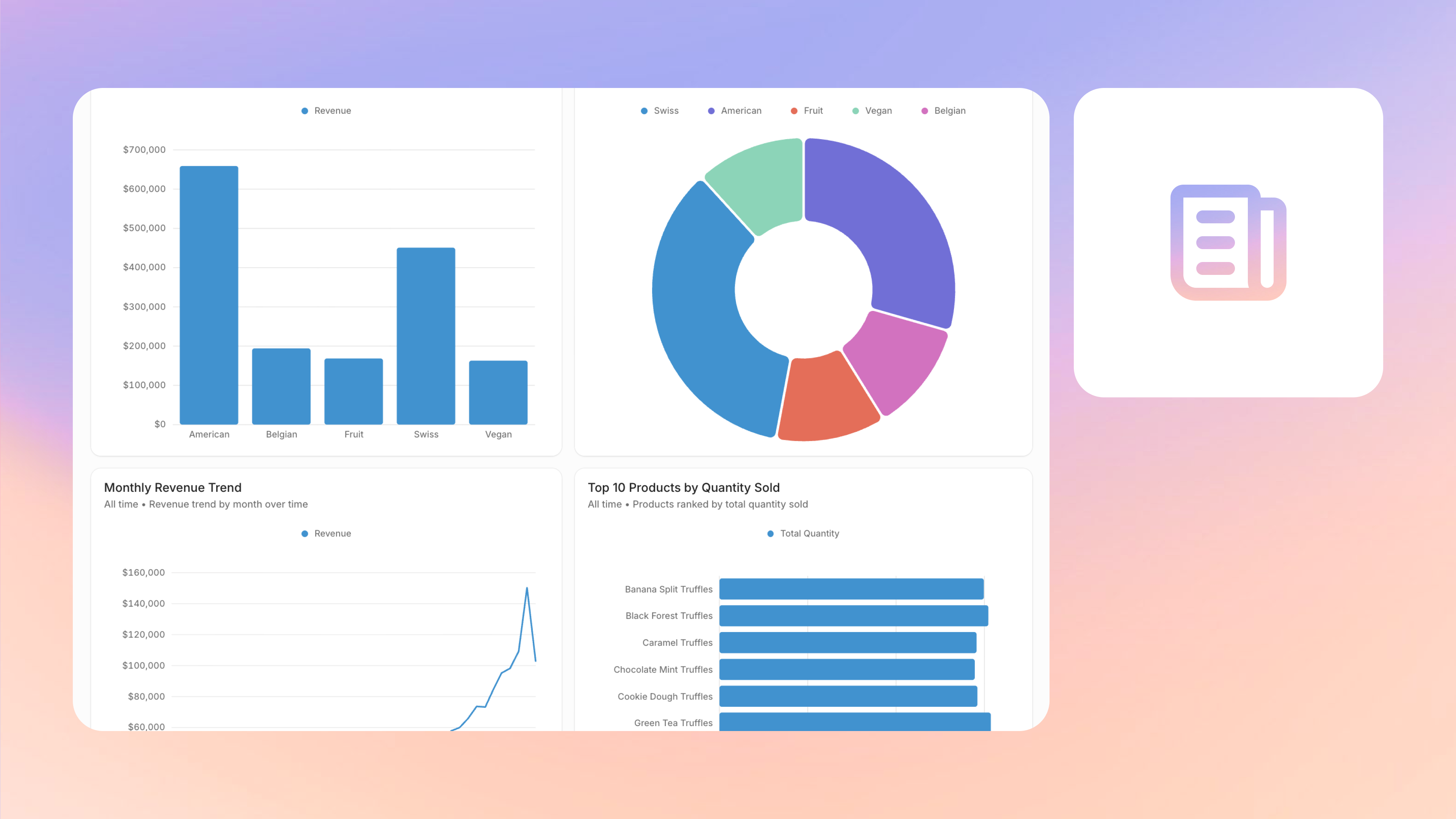What are the initial steps in establishing data governance?
Establishing data governance begins with securing executive sponsorship and assessing the current maturity of data management within the organization. This foundational phase aligns the data governance program with strategic business objectives, recognizing data as a valuable asset. Understanding the data governance framework is crucial in this phase to ensure a structured approach.
Key initial steps include securing leadership buy-in, assessing current data practices, aligning with business strategy, understanding data value, and establishing a clear vision.
For these initial steps, a data governance and quality specialist can help define and implement policies, establish data quality metrics, and ensure alignment with the organization's governance framework.
How does the plan phase shape a data governance framework?
In the Plan phase, organizations develop a detailed blueprint for the data governance program. This phase involves defining key roles, responsibilities, policies, and the overall framework guiding data governance. Understanding the differences between a data governance framework and policy is essential to effectively shape this phase.
1. Defining roles
Establishes the responsibilities of data owners, stewards, and users, ensuring clarity in data management tasks.
2. Creating policies
Develops procedures for effective data management, setting the groundwork for consistent data handling practices.
3. Strategic planning
Outlines the governance framework and sets measurable goals, providing a roadmap for achieving data governance objectives.
4. Identifying tools
Determines the technologies needed to support data governance, ensuring the right resources are in place for implementation.
What does the build phase entail in data governance?
During the Build phase, organizations implement their data governance plans. This involves establishing processes, deploying technologies, and ensuring adherence to the governance framework. A well-defined data governance structure is crucial for successful implementation.
1. Framework implementation
Applies the data governance framework across the organization, embedding governance principles into daily operations.
2. Process establishment
Sets up processes for data quality, compliance, and management, ensuring consistent and reliable data practices.
3. Technology deployment
Utilizes tools to support governance activities, enhancing the organization's ability to manage and protect data.
4. Employee training
Educates staff on new policies and procedures, fostering a culture of data responsibility and awareness.
5. Monitoring implementation
Ensures compliance with the governance plan, regularly reviewing and adjusting practices as needed.
How does an organization grow its data governance capabilities?
The Grow phase focuses on expanding and refining the data governance program. Organizations scale practices, enhance processes, and adapt to new business requirements and technological advancements. Incorporating data governance metrics is vital for measuring progress and success in this phase.
1. Scaling practices
Extends data governance to cover more data and use cases, broadening the scope and impact of governance efforts.
2. Process improvement
Continuously refines processes based on feedback and results, ensuring governance practices remain effective and relevant.
3. Adapting framework
Modifies the governance framework to meet changing business needs, maintaining alignment with organizational goals.
4. Enhancing measures
Improves data quality and compliance as the program matures, leveraging insights from governance metrics.
5. Measuring success
Evaluates governance efforts and iterates for improvement, using data-driven insights to guide future enhancements.
What are the core pillars of data governance?
The core pillars of data governance include data quality, data stewardship, data protection and compliance, and data management. These pillars ensure data is accurate, secure, and responsibly used within an organization. Understanding data lineage is also essential to maintaining these pillars effectively.
- Data Quality: Ensures data is accurate, complete, and reliable.
- Data Stewardship: Assigns responsibility for data management to specific individuals or teams.
- Data Protection and Compliance: Safeguards data and ensures adherence to laws and regulations.
- Data Management: Oversees the management of data as a valuable resource.
What is Secoda and how does it function as a single source of truth?
Secoda is a comprehensive data management platform designed to serve as a "single source of truth" for an organization's data. It centralizes data from various sources, allowing teams to easily find, understand, and access all their company data in one central location. This centralization is crucial for data teams who require a reliable and consistent reference point for their analysis and decision-making. Without such a source, data teams would face challenges with inconsistent information, hindering their ability to draw accurate insights and make informed decisions.
What are the key features of Secoda?
Secoda offers a range of features that enhance data management and governance. These features are designed to streamline data processes and improve data accessibility and quality.
- Centralized data knowledge: Secoda consolidates data from various sources like databases, warehouses, and visualization tools, creating a single repository for all data information and metadata.
- Improved data discovery: Users can easily search and find relevant data through a user-friendly interface, regardless of their technical expertise.
- Data lineage tracking: Secoda tracks the origin and transformations of data, providing visibility into how data is processed and used.
- Data governance features: Helps manage data access and quality by defining ownership and setting data quality standards.
- Automated documentation: Automatically generates documentation for tables, columns, and dictionary terms.
Why is a single source of truth essential for data teams?
A single source of truth is vital for data teams as it ensures accuracy and consistency across data sources. By having a single, trusted source of data, teams can avoid confusion caused by conflicting information from different systems. This leads to faster insights and decision-making, as easy access to the right data enables quicker analysis.
Moreover, a shared data environment facilitates better collaboration between different teams within an organization. Monitoring and managing data quality becomes more efficient when there's a central point of reference, improving overall data quality.
How does Secoda improve data literacy and efficiency?
Secoda enhances data literacy by making data more accessible and actionable, allowing everyone on the team to utilize it effectively. It increases efficiency by streamlining data management tasks with AI-powered tools like automated documentation and PII data tagging. These features foster accountability and transparency by monitoring and governing data quality and usage.
Additionally, Secoda builds a common company knowledge base by creating a single source of truth for all data knowledge, simplifying data access for revenue teams, and ensuring data security through integrations with tools like Okta and Active Directory.
What are some of the specific features offered by Secoda?
Secoda provides a variety of features to help organizations manage and govern their data effectively. These features are designed to handle large volumes of data, prioritize data-driven decision-making, and enhance team productivity.
- Data search, catalog, and lineage: Facilitates easy data discovery and tracking.
- PII data tagging: Automatically finds, tags, and governs Personally Identifiable Information (PII).
- No-code integrations: Allows users to build custom integrations to connect with other data sources.
- AI-powered efficiency: Automatically identifies popular tables, columns, and dashboards.
- Data encryption: Encrypts data in transit and at rest, ensuring data security.
Ready to streamline your data management processes? Get started today with Secoda and transform how your team accesses and utilizes data.
















